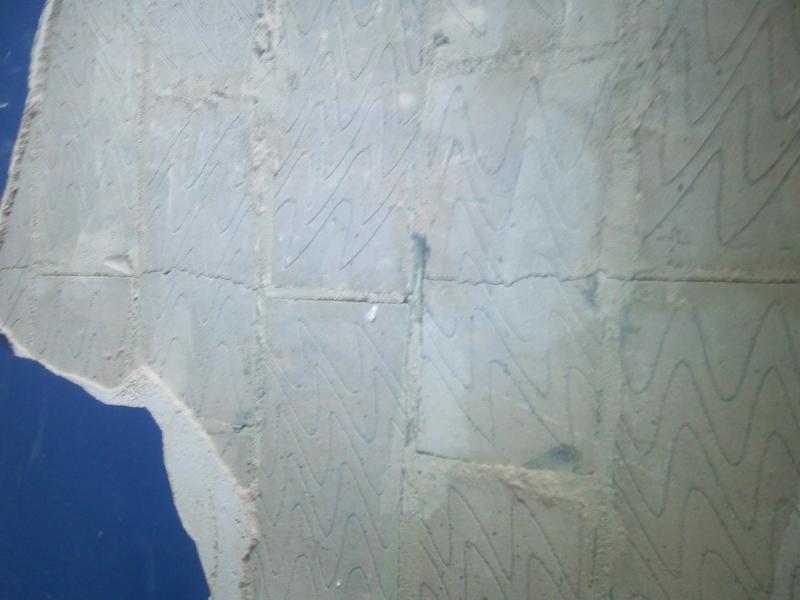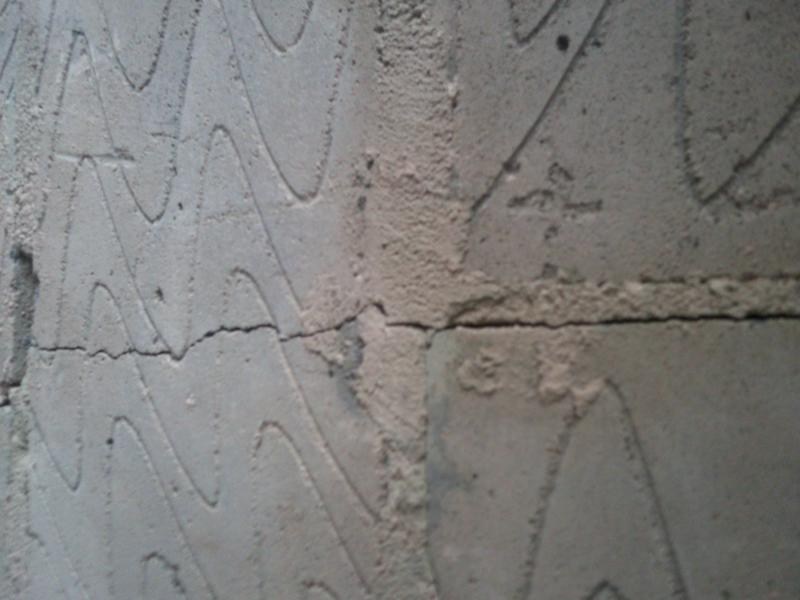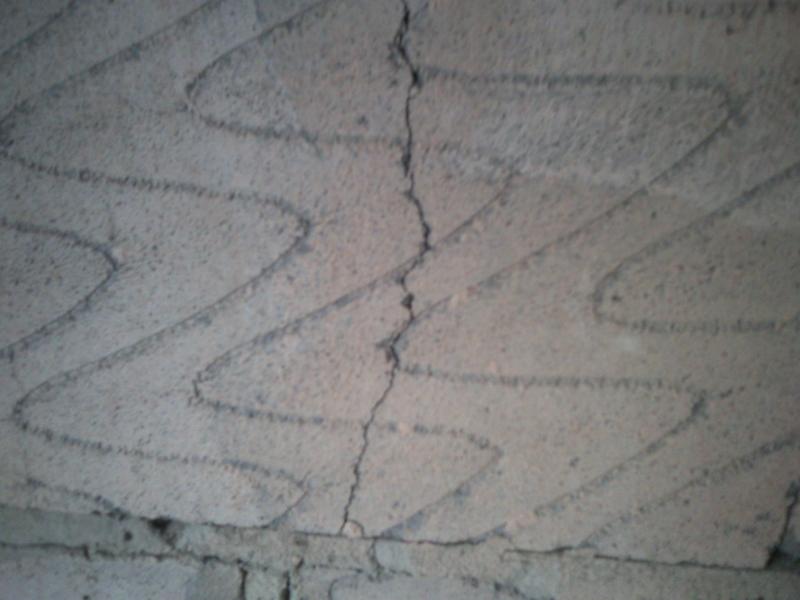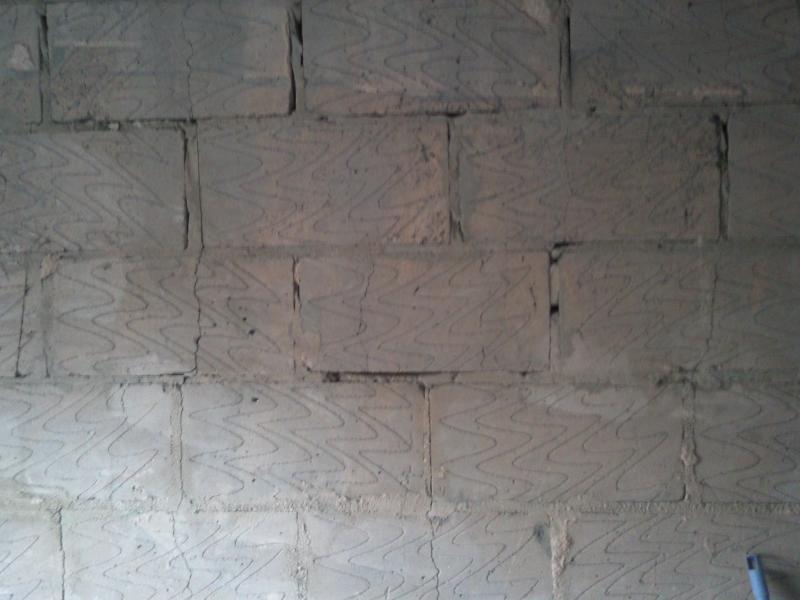Hi all,
I've started redecorating a room; putting wood flooring /skirting in and repainting. One of the walls (side of house) the plaster was heavily blown. Crack wise it wasn't too bad considering almost the whole wall had blown away from the brickwork...
Now that it's back to the brick work I can see several cracks - all relativly hair-line-like but some considerably long spanning several bricks and exploiting the cement every other row (i.e. the cracks are striaght vertical lines, not stepped). Also some of the cementing looks a bit crap i.e. some gaps where it has fallen out and partial attachment, mostly in the central area of where it blown...
Now this wall is an outside wall (part of the extention that was added no later than 20 years ago). The room next to this one (room 2), on the same outside wall had a couple of rather big cracks in the plaster and maybe it was lightly blown around that crack but nothing compared to this, and it's also spaced away i.e. doesnt seem to be related However, directly downstairs room 2 there was a big crack that was professionally looked at /fixed - nothing was done to the upstairs room even though it was visibly cracked in plain sight...
I can't remember what the problem downstairs was, since it's my mothers house - I'm just doing this room up while she's on holiday... I don't think there was anything "wrong" with this outside wall when it got checked out and the crack was just filled in. Will I be safe ignoring the cracks in the brickwork and plastering this wall?
Doesn't really look too bad, I just don't expect a crack to slice through 1-5 or so bricks in a line.
can post a pick later when it's daylight if needed
Cheers,
luke.
I've started redecorating a room; putting wood flooring /skirting in and repainting. One of the walls (side of house) the plaster was heavily blown. Crack wise it wasn't too bad considering almost the whole wall had blown away from the brickwork...
Now that it's back to the brick work I can see several cracks - all relativly hair-line-like but some considerably long spanning several bricks and exploiting the cement every other row (i.e. the cracks are striaght vertical lines, not stepped). Also some of the cementing looks a bit crap i.e. some gaps where it has fallen out and partial attachment, mostly in the central area of where it blown...
Now this wall is an outside wall (part of the extention that was added no later than 20 years ago). The room next to this one (room 2), on the same outside wall had a couple of rather big cracks in the plaster and maybe it was lightly blown around that crack but nothing compared to this, and it's also spaced away i.e. doesnt seem to be related However, directly downstairs room 2 there was a big crack that was professionally looked at /fixed - nothing was done to the upstairs room even though it was visibly cracked in plain sight...
I can't remember what the problem downstairs was, since it's my mothers house - I'm just doing this room up while she's on holiday... I don't think there was anything "wrong" with this outside wall when it got checked out and the crack was just filled in. Will I be safe ignoring the cracks in the brickwork and plastering this wall?
Doesn't really look too bad, I just don't expect a crack to slice through 1-5 or so bricks in a line.
can post a pick later when it's daylight if needed
Cheers,
luke.





